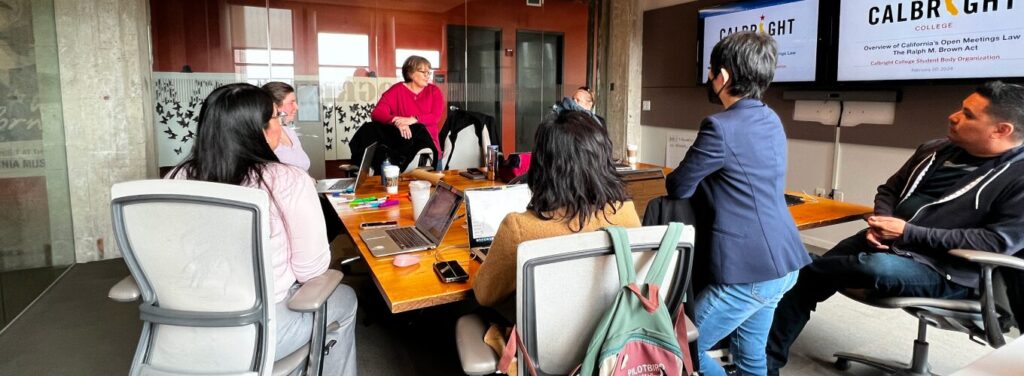“Calbright,” the Chronicle of Higher Education reports, “is on a roll.”
Not only that, but “its latest moves offer some interesting lessons on ways to design colleges around students’ needs.”
That’s the conclusion of senior writer Goldie Blumenstyk, describing the ways Calbright has innovated since its founding in late 2018.
Calbright is unique in higher education: a free online community college, it helps students earn credentials that are highly valued by industries that are hiring for good jobs. Students have a flexible schedule, and courses are designed to be completed in under a year. It currently offers courses in IT Support (preparing for a CompTIA A+ certification), Cybersecurity (preparing for a CompTIA Security+ certification), and CRM Platform Administration (preparing for a Salesforce Certified Administrator credential). It offers every student personalized tutoring, and support in their job search.
Just a few years after testing its first “beta cohort” class, Calbright’s student body is now larger than some brick-and-mortar community colleges in California, and its enrollment is increasing an average of 8% a month. As of early June, the College surpassed 2,800 enrolled students and has awarded over 277 certificates.
President Ajita Talwalker Menon says there’s even more to be excited about, including the fact that Calbright’s courses have the rigor of traditional higher education without the logistical hurdles that come with it. Menon sat down with Blumenstyk this spring to discuss Calbright’s unique student body and its recent efforts to advance the student experience through innovative product developments and strategic partnerships. Here’s a sample from the article:
As welcome as the enrollment uptick is, Menon says she considers that ‘the less exciting part’ of the Calbright story at the moment. More important, she says, is who is enrolling: More than 90 percent of students are 25 or older (more than double the rate for the system as a whole), more than one-third are parents or caregivers, and more than 70 percent identify as Black, Indigenous, Latino, or members of other racial or ethnic minority groups.
“We’re reaching the folks who have fallen out of higher ed,” she told me when we met up last month during the American Council on Education’s annual meeting in Washington, D.C. “Being really intentional about growth is the next step.”
An IT strategy that borrows from industry. After Calbright’s chief technology officer left in 2022, the college replaced him with a chief product officer. Menon says the new title reflects more than semantics. It’s a different cultural approach to IT than what’s traditionally found at colleges, where the CTO often must span silos and weigh one department’s or division’s needs against another’s. For Calbright, the “product” is the end-to-end student experience, she says, including all the technology that enables teaching, support services, and the data collection that informs those operations. That shift unapologetically mirrors the way companies now prioritize the customer experience.
So now, instead of assuming that employers will rush to hire Calbright grads, the college has been collaborating with intermediaries, like local work-force boards and organizations and companies like Opportunity@Work … to offer programs that focus on “the fundamental entry points” that will get their grads in the door — and into positions that offer opportunities to advance. Hiring processes in the public sector are another focus right now, along with the different needs of various regions in the state.


